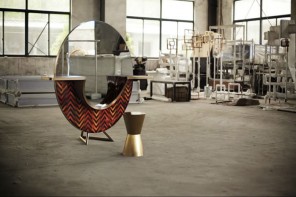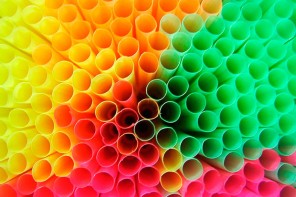Written by: Adrienne Brookbanks
The price of water continues to rise and water boards across the country are increasing their prices on the 1st of July. Durban residents are facing a 38% increase and people in the North West and Gauteng will have to pay 28% and 12.9% more respectively.
There are numerous reasons why the price of water continues to rise, such as increasing costs of operational inputs (such as energy, labour and chemicals), decrepit infrastructure, high levels of industrial and mining activity, as well as a lot of wasteful water behaviours by consumers. In order to contribute to water sustainability in South Africa (as well as curb your increasing water bill), liveeco has found some simple water conservation techniques as well as some great household innovations for our readers:
Stick to early morning watering
While we are experiencing some icy days this winter, the mid-afternoon temperatures are still warm. Make sure you water your garden in the early morning so that you don’t lose a lot of water due to evaporation throughout the day.
Rainwater systems
Rain is an excellent source of free water. Instead of using tap water and a hose pipe, there are many ways you can create your own rainwater collection system at home:
- Firstly, you will need to calculate how much rain your specific roof will be able to collect annually. According to Greywater.co.za, the rule of thumb is that, for every 11mm of rain that falls on a 100 square metres of roof space, there is the potential to harvest 1000 litres of water. This will give you an indication of how much water you will be able to save.
- Decide whether you are going to buy a rainwater harvesting kit or make one yourself. Greywater Systems in Cape Town sells a rainwater harvesting kit that includes a 2200 litre JoJo tank, booster pump and all the associated piping for just over R4000 (you can deduce R980 from the price if you don’t need a pump).
- If you are going the DIY route, make sure to find out about any building regulations from your body corporate or neighbourhood (this may lead to a debate which could get other members of your community interested in rainwater harvesting systems, making you the local Al Gore, so be prepared for that if you live in a complex that usually makes a fuss about any building alterations). If you are making your own rainwater system, check out these great online resources and videos before you get started.
- If you’re not in a position to install a rainwater system, you could also use a barrel, a plastic black trash or a JoJo tank to collect water that cascades from the roof down gutters and manually distribute the water across your plants.
Install water saving faucets
There are quite a few flow regulating taps available on the market. These faucets (which can be installed on showers as well as other taps in the house) can reduce the amount of water used from these taps by 60%! Flow regulators keep the flow ratio constant independent of the line pressure (for example, 6 litres per minute for bathroom basins and 12 litres per minute for showers). Some people might be sceptical about reduced water flow, but Greentap says that flow regulator kits ensure that as much as necessary is used, but as little as possible in order to ensure that you save water without compromising comfort.
Change the way you do dishes
While an obvious tip is to never run the dishwasher unless it’s full, other tips we’ve found on the internet include not rinsing your dishes before you load them into the dishwasher (it’s double work and double water usage) and fix any leaking taps and pipes because one leaking tap can waste more than 2,000 litres a month!
If you are considering buying a new dishwasher, make sure to take note of the amount of water the different brands use. Eco-h2o.co.za reports that automatic dishwashers can use up to 40 litres of water per load, but dishwashers that have at least a 3-star/AAA rating can push this number down to 18 litres per load while still producing sparkling clean dishes, so it’s worth investigating your options when buying a new machine.
The liveeco team
<iframe
src=”http://www.facebook.com/plugins/like.php?channel_url=http%3A%2F%2Fstatic.ak.fbcdn.net%2Fconnect%2Fxd_proxy.php%3Fversion%3D3%23cb%3Df1dafba6ea312b8%26origin%3Ddata%253A%252F%252F%252Ff29c977d3a6429%26relation%3Dparent.parent%26transport%3Dpostmessage&href=http%3A%2F%2Fwww.liveeco.co.za%2F%3Fm%3D6%26idkey%3D1855&layout=standard&locale=en_US&node_type=link&sdk=joey&send=true&show_faces=false&width=450″ class=”fb_ltr” title=”Like this content on Facebook.” style=” medium none; overflow: hidden; height: 35px; width: 450px;” name=”f26aa0e4f13e834″ id=”f20cebdf45bd8b8″ scrolling=”no”>






